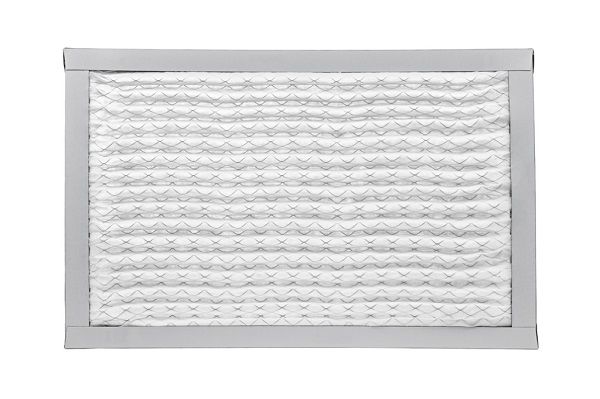Your furnace filter is an important part of the optimal operation of your furnace, but if you’re like most people, you don’t give it much thought. As long as your furnace is keeping you warm in the winter and cool in the summer, people tend to forget about the need to replace the filter.

This lack of awareness can be detrimental to your furnace working at its optimal performance, which in turn can lead to possible malfunction and costly repairs. To prevent you from running into problems with your furnace, you need to either change or clean your furnace filter on a regular basis.
How a Furnace Works
A traditional, forced-air furnace draws air in via return ducts. The air is warmed over a heat exchanger and with the help of a blower fan, pushes the heated air through a series of ducts located in rooms throughout your home. The furnace will continue to run until the inside temperature reaches your desired thermostat setting.
What a Furnace Filter Does
The main purpose of a furnace filter is to protect the blower fan from all the dust and hair particles that the return ducts pull in while the blower is operating. It also helps the air quality in your home by removing contaminants from being recirculated. The filter doesn’t clean the air as many people think but captures the contaminants from returning into the home.
How Furnace Filters are Rated
Furnace filters are rated using the minimum efficiency reporting value (MERV) with ratings ranging from 1 to 16. The higher the rating, the more dust particles the filter can remove. However, there is a down side to higher ratings because the higher rated filters allow less air to flow through the house. This can force your furnace to work harder and possibly malfunction. For the typical home, a rating between 8 and 11 is adequate.
Filter Types:
-
- Most people use the standard disposable pleated kind of filter that come in a range of sizes and ratings. Pleated filters are constructed out of paper and polyester and do a good job at filtering most household particles and allergens. Pleated filters should be checked monthly for blockages and replaced on average every 90 days.
- There are also disposable fibreglass filters. These are the cheapest filter and made with a spider web appearance. Unlike the pleated type, these filters are generally more flimsy with a lower rating than pleated filters. Since they are of a lesser quality, disposable fibreglass filters should be replaced on a monthly basis.
- The last type is a permanent reusable filter constructed with either an aluminum or plastic frame. This filter is more efficient than a disposable and can be vacuumed off and cleaned with water. They’re more costly to purchase, but last an average of 5 years if maintained with proper cleaning every 90 days.
Changing your Furnace Filter
Once you know what size filter and filter type you want, you can now change the filter. To ensure your furnace doesn’t kick in while you’re changing your filter it’s recommended you turn it off while swapping out the filter.
If it’s been a while since you last changed your filter and you notice lots of dust around the area, vacuum around the outside of the furnace. Turn your furnace back on, check your filter monthly and replace every 90 days or as needed.
Keep your Furnace Running Smoothly
Getting into the habit of changing your filter on a routine basis assures you that your furnace will run more smoothly with less strain and less chance of malfunction. Avoid the chance of a mishap and clogged system with this simple and effective process.
If you are finding that the indoor quality for your home is not satisfactory, call Kleen Rite today. We service the Southern Ontario area for duct cleaning, which can improve the air you breath.

